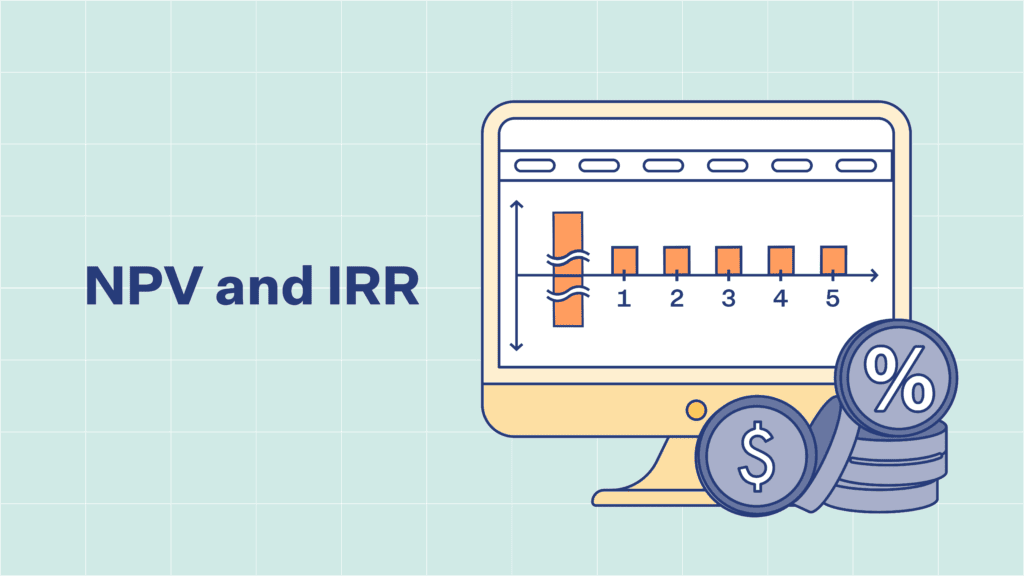In the age of the internet, online businesses have become a cornerstone of the global economy. Companies like Amazon, Flipkart, and others have revolutionized the way we shop, communicate, and conduct business. However, when it comes to valuing these online giants, traditional methods may not always suffice due to their unique business models and often hefty losses. In this article, we’ll delve into how to run a valuation on online businesses, using examples like Amazon and Flipkart, while also addressing why these companies, despite being loss-making, are still considered unicorns.
Understanding Online Business Valuation
Valuing an online business requires a nuanced approach that takes into account various factors such as user base, brand value, growth potential, and revenue streams. Unlike traditional brick-and-mortar businesses, online businesses often operate at a different scale and pace, making it essential to adapt valuation methodologies accordingly.
Revenue and Growth Potential
One of the primary metrics used in valuing online businesses is revenue, particularly recurring revenue streams. For example, Amazon generates revenue through its e-commerce platform, AWS (Amazon Web Services), subscription services like Amazon Prime, and advertising. Similarly, Flipkart generates revenue through its e-commerce platform and various ancillary services.
When valuing an online business like Amazon or Flipkart, analysts often look at revenue growth trajectories. Despite being loss-making in their initial years, both Amazon and Flipkart demonstrated exponential revenue growth, indicating their potential to dominate their respective markets.
User Base and Market Penetration
The user base is another crucial factor in valuing online businesses. Companies like Amazon and Flipkart have amassed millions of active users over the years, creating vast ecosystems that offer convenience and value to consumers. A large and engaged user base not only drives revenue but also enhances the company’s competitive position and potential for future growth.
Brand Value and Market Position
The strength of a brand and its market position significantly influences valuation. Both Amazon and Flipkart have established themselves as household names in the e-commerce industry, known for their reliability, convenience, and extensive product offerings. The brand value adds a premium to the company’s overall worth, reflecting consumer trust and loyalty.
Profitability vs. Growth
Despite their enormous revenue figures, companies like Amazon and Flipkart have often operated at a loss, investing heavily in infrastructure, technology, and market expansion. This begs the question: how can loss-making companies still command high valuations?
The answer lies in prioritizing growth over short-term profitability. Investors often focus on the long-term potential of these companies, betting on their ability to capture market share, expand into new markets, and innovate. While profitability is essential, especially in the long run, investors are willing to overlook short-term losses in favor of growth opportunities.
Valuation Methods for Loss-Making Companies
Valuing loss-making companies requires a forward-looking approach that considers future cash flows and growth potential. Traditional valuation methods like Discounted Cash Flow (DCF) analysis can be challenging to apply to companies with uncertain future cash flows. Instead, alternative methods such as the Venture Capital (VC) method or comparable company analysis may be more appropriate.
The VC method involves estimating the company’s future value based on its growth prospects and comparable transactions in the industry. This method allows for flexibility in assessing the company’s potential and aligning the valuation with market trends and investor sentiment.
Comparable company analysis compares the target company with similar publicly traded or private companies to determine its relative value. While this method may not fully capture the unique aspects of a loss-making company, it provides valuable insights into market dynamics and investor perceptions.
Example:
Let’s consider a hypothetical online subscription-based business called “FitFlix,” which offers workout videos and fitness plans to its subscribers for a monthly fee. Despite having a growing subscriber base and increasing revenue, FitFlix is operating at a loss due to high content production costs, marketing expenses, and other operational overheads.
Here’s an example of how you might value FitFlix:
Subscriber Base: FitFlix has been steadily growing its subscriber base over the past few years. Let’s say it currently has 100,000 subscribers.
Revenue Growth: FitFlix’s revenue has been increasing due to its growing subscriber base and potentially increasing subscription fees. Let’s say its annual revenue is $1 million, and it has been growing at a rate of 20% per year.
Costs and Expenses: Despite the growing revenue, FitFlix is facing significant costs and expenses. These include content production costs (e.g., hiring fitness trainers, video production, equipment), marketing expenses (to acquire new subscribers and retain existing ones), server costs (for hosting videos), administrative costs, and other operational expenses. Let’s say FitFlix’s total annual expenses amount to $1.5 million.
Valuation Calculation:
a. EBITDA (Earnings Before Interest, Taxes, Depreciation, and Amortization):
FitFlix’s EBITDA can be calculated as follows: EBITDA = Revenue – Expenses = $1 million – $1.5 million = -$500,000
FitFlix’s EBITDA is negative, indicating that it is currently operating at a loss.
b. Valuation using Multiples:
Since FitFlix is operating at a loss, traditional valuation multiples like the Price-to-Earnings (P/E) ratio may not be applicable. However, we can use metrics like the Price-to-Sales (P/S) ratio or the Subscriber Multiple.
Let’s say FitFlix’s industry peers trade at an average P/S ratio of 3x annual revenue. Using this multiple, FitFlix’s valuation would be: Valuation = Revenue * P/S ratio = $1 million * 3 = $3 million
However, since FitFlix is operating at a loss, potential investors may apply a discount to this valuation to account for the risk associated with the business.
Other Considerations:
FitFlix’s future growth prospects, including its ability to reduce costs, increase subscriber retention, and potentially turn profitable in the future, would influence its valuation.
FitFlix’s intellectual property (e.g., proprietary workout routines, brand recognition) and subscriber data may also have value.
The competitive landscape and market trends in the online fitness industry would also impact FitFlix’s valuation.
Overall, despite FitFlix’s growing subscriber base and revenue, its valuation is impacted by its current loss-making status and the associated risks. Investors would need to carefully assess the business’s potential for future profitability and its competitive position within the market before making an investment decision.











